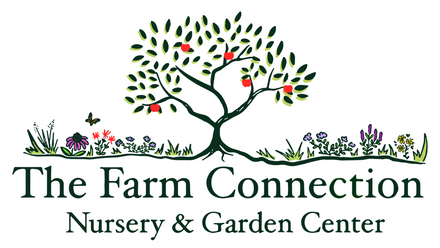Yellow Coneflower
Prairie Pollinator & Bird Favorite
Yellow Coneflower - 2.5" pot is backordered and will ship as soon as it is back in stock.
Subscribe to our newsletter
Get the latest updates on all our new collections, sales, offers and product arrival dates.
Yellow Coneflower (Ratibida pinnata)
Also known as Gray-headed Coneflower, Ratibida pinnata is a graceful native prairie perennial distinguished by its drooping yellow petals and tall, swaying stems. Unlike Echinacea paradoxa, which shares the common name, Ratibida pinnata belongs to the aster family and is widely found throughout the Midwest and Eastern U.S. It thrives in meadows, prairie restorations, and pollinator plantings, where it brings movement, height, and extended summer bloom to sunny spaces.
Key Characteristics
-
Pollinator Hotspot with Long Bloom Period
Blooming from June through September, Ratibida pinnata provides a sustained nectar source for native bees, bumble bees, butterflies, and other beneficial insects. Its central cone is especially attractive to small native bee species, making it a key addition to habitat plantings. -
Seeds Feed Finches and Goldfinches
After flowering, the tall seed heads develop copious small seeds that persist into fall. Goldfinches are especially drawn to the seed, making it a dual-purpose plant for both insect and bird life. -
Tall, Airy Structure for Naturalistic Designs
With its upright, branched stems reaching 3-5 feet or more, Yellow Coneflower adds vertical interest and a soft, waving texture to native gardens and meadows. The long, finely cut foliage gives a delicate appearance while the deep roots anchor it firmly. -
Thrives in Meadows, Prairies, and Food Forest Edges
It excels in dry to medium soils, tolerates drought once established, and is excellent for meadow plantings, reforestation buffer strips, and dry fruit tree guilds where structure and summer color are desired. -
Ecological Role in Restoration & Succession Planting
This species plays a key role in native prairie ecosystems, especially in early- to mid-successional plantings. It mixes well with grasses like little bluestem and switchgrass and co-blooms with black-eyed Susan, monarda, and liatris.
Product Details
-
Native Range: Central and Eastern U.S., especially tallgrass prairie regions
-
Plant Life Cycle: Perennial
-
Sun Requirements: Full sun
-
Soil Requirements: Dry to medium, well-drained; tolerates clay and sandy loam
-
Mature Height: 3-5 feet
-
Bloom Time: June-September
-
Bloom Color: Bright yellow with dark gray-brown cone
-
USDA Hardiness Zones: 3-8
Direct sow in fall or early spring, or transplant after cold stratification. Plants may take one season to bloom, but quickly naturalize and become long-lived. Ideal for low-maintenance, ecologically rich plantings that feed insects and birds while creating a soft, prairie-style aesthetic.
-
Sun RequirementsFull Sun
-
Soil RequirementsDry, Medium
-
Bloom ColorYellow, Brown
-
Bloom TimeJune, July, August, September
-
USDA Hardiness ZonesZone 3, Zone 4, Zone 5, Zone 6, Zone 7, Zone 8



